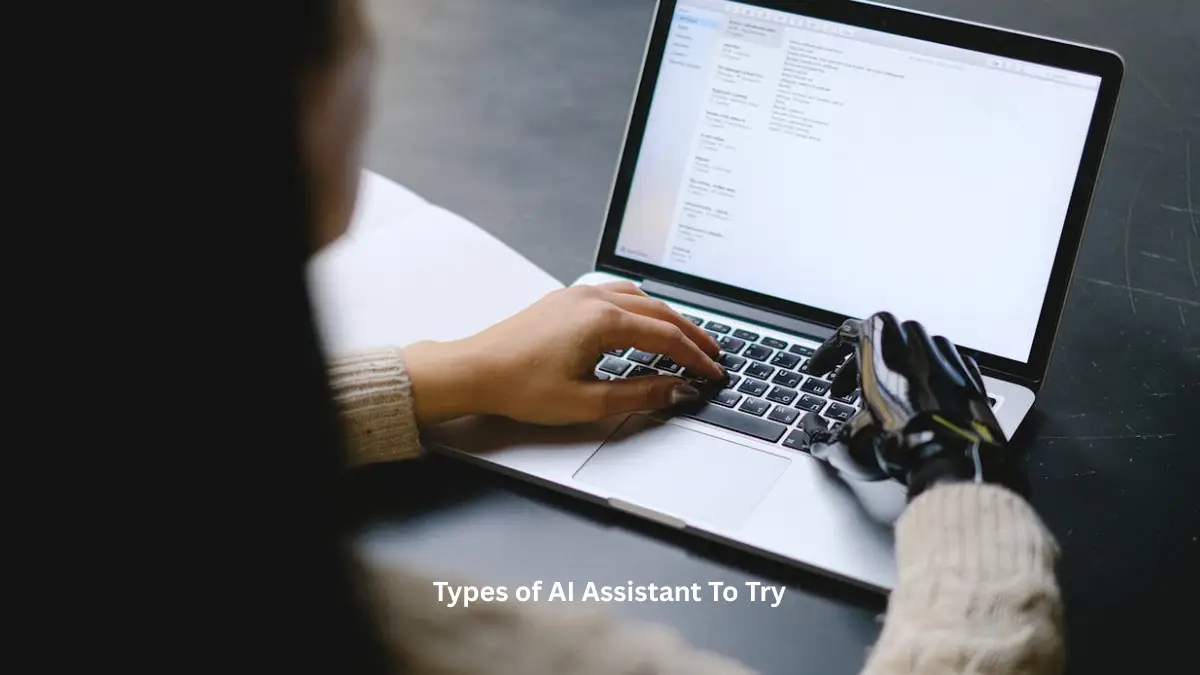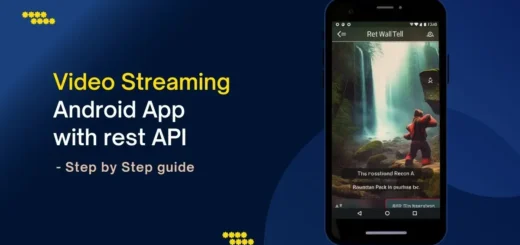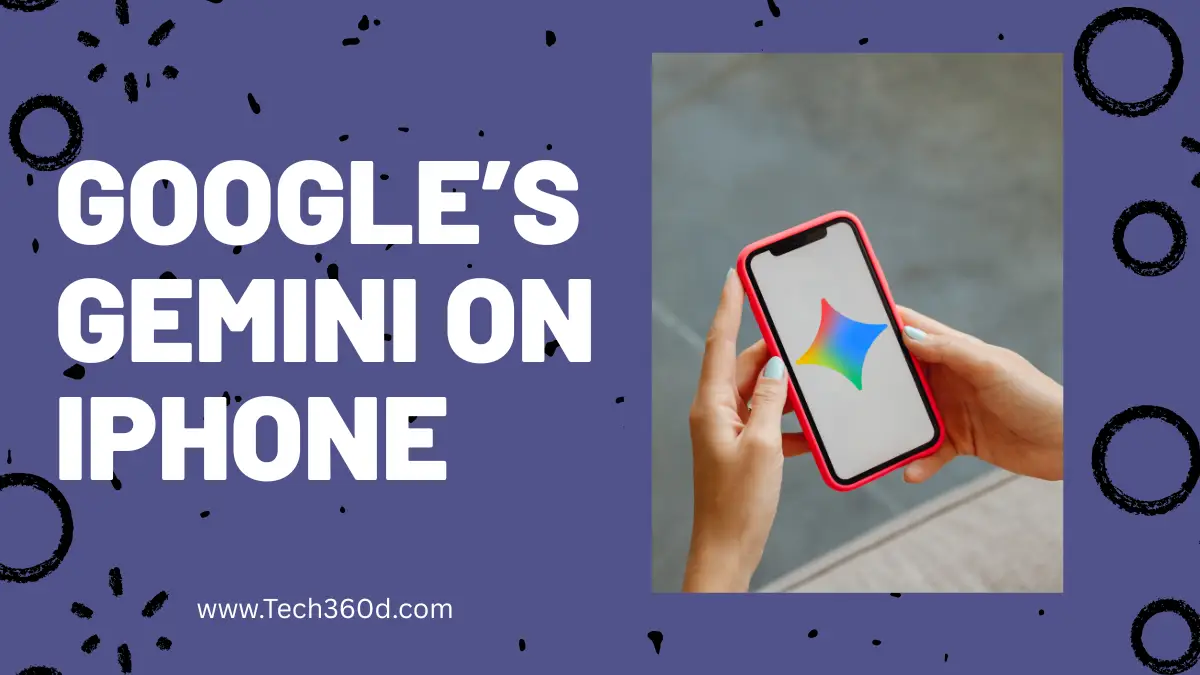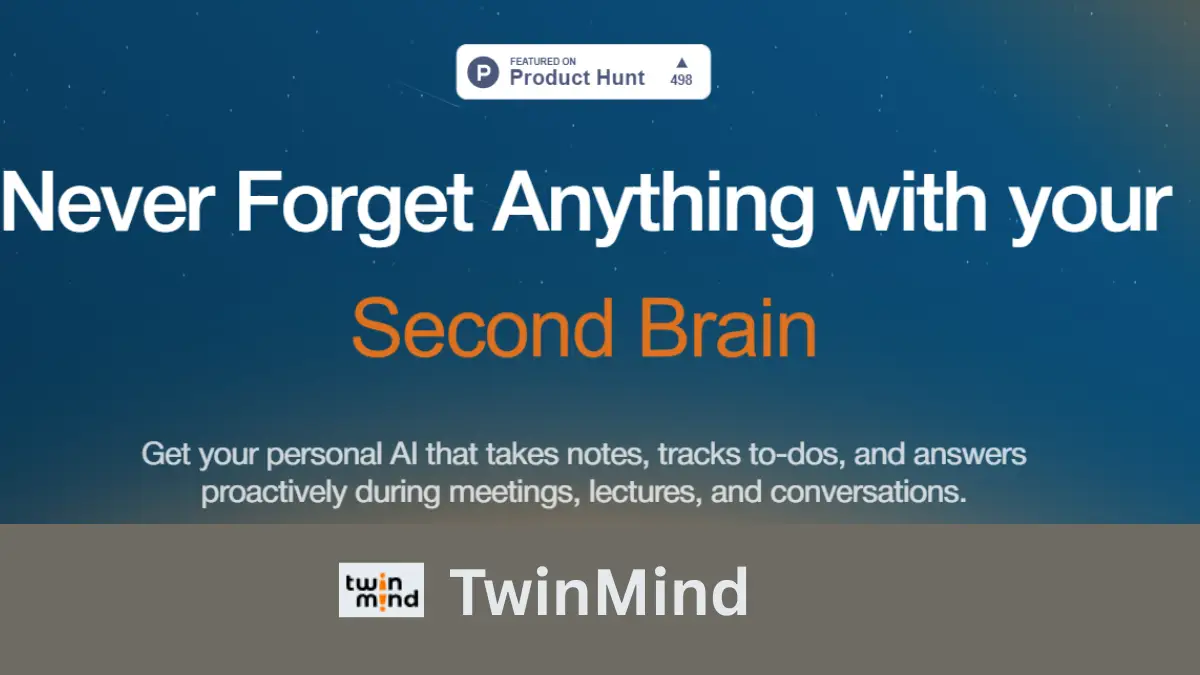I Tried Every Major Types of AI Assistants—Here’s What Works

In the past couple of months I attempted numerous computer-aided methods of assistance, including Alexa voice order and Grammarly text editing. I did not do this out of my passion regarding technology but to determine which ai tools do well and which are trending in market. This is what I discovered.
Voice Assistants:
Amazon Alexa:
I did not believe in talking to machines. Once I installed Amazon Alexa in my house, it performed satisfactorily. It is able to play music, provide weather reports, and manage intelligent home appliances without my clicking a button. I use it during cooking or when my hands are too small.
Gmail, Drive, or Maps:
This assistant will be the best in case you are utilizing a wide range of Google services, such as Gmail, Drive, or Maps. I mostly use it when I need to know where to go and make fast searches when I am on the road. It is compatible with Android devices, which comes in handy in case you do not use Apple.
Siri:
The Siri in Apple is satisfactory provided there are iPhones, iPads, or Macs. I tried out hands-free texting and reminders, and it works on simple functions. Nonetheless, it is not as multifunctional as Google Assistant in controlling third-party apps.
Bixby:
Only Samsung provides devices that are compatible with Bixby. I tried it on a Galaxy phone. It also manages tasks that are phone specific, and only then can I suggest it as long as you are already in that ecosystem.
WhatsApp and Instagram:
I was surprised that WhatsApp and Instagram have implemented Meta AI. I also had it to pose quick questions as well as to create images as I chatted with friends. It is also less formal and more relaxed and does not mean having to switch to another application.
Chat-Style Artificial Intelligence Assistants:
ChatGPT:
I have applied ChatGPT to write emails, brainstorm, get code assistance, and so on. It is a Swiss Army knife of AI helpers. ChatGPT can do it whether you are a student revising tests or a professional trying to get briefings.

Then I tried Claude, the one you are talking to now. It is characterized by the long documents and research. Claude simply made it easy when I had to analyze a 50-page report. Particularly, it could be useful to writers and researchers.
Gemini:
The response of Google to ChatGPT is called Gemini. It is compatible when you resort to Google Workspace. I tried it to create content that was outright in Docs and Sheets. The convergence is quite seamless, yet it has yet to compete with ChatGPT in terms of versatility.
The chat version of Meta AI is pleasant to use casually when planning a trip, asking simple questions, or having ideas when looking through Instagram. It is not as robust as ChatGPT or Claude but also comes in handy when you need it.
Productivity and Work Assistants:
Motion:
Motion plans my to-do list and calendar automatically. I experimented with it over a week, and it did save me lots of time as I planned. This can be a great advantage to you when you have a limited number of projects and meetings.
AI email assistants:
It was an inbox revolution brought about by AI email assistants. I would be drowned in newsletters, promotions, and requests of clients. These can write replies, summarize threads, and point out what is important. They are worth money to the sales or customer service or the management.
Fireflies:
I made use of Fireflies as well to get meeting notes. It makes recordings, transcribes, and summarizes Zoom calls, and I do not write anything. I will be able to concentrate on speaking and read through the transcript. It is a juggernaut to remote teams.
Digital assistants:
Digital assistants are available in larger forms, which are available to manage scheduling, CRM updates, and internal workflows. I did not go into great detail of testing them simply because my occupation does not require extensive automation, but those companies that predominantly lessen the number of man-hours should consider them.
Writing, Education, and Language Tools:
Grammarly:
My daily utility is Grammarly. It is quite efficient at identifying tone issues and proposes a rewrite. Grammarly makes your writing concise, whether you are securing a blog post or creating a business letter.
Educational assistants:
Educational assistants, I tried various AI tutors that understand the concepts, generate practice questions, and go on to test you. These tools simplify the learning process whether it is a student or a self-learner. They are dividers of large concepts into little bits.
Google’s AI-enhanced search:
Google’s AI-enhanced search, the results display AI overviews in the search of Google, which is AI-enhanced. I entered it to do some quick research, and it takes less time as compared to going through numerous articles. It also displays similar questions that you would not have thought of.
AI writing assistants:
AI writing assistants are used to write blogs, social posts, and reports. I tried a few, and they are helpful to overcome the writer’s block, yet you have to revise and inject some of your own voice. They are measurements, not substitutes.
Voice, Speech, and Media Tools:
AI voice assistants:
The wider AI voice assistants respond to commands and questions and make phone calls. I have not tried the use of call-center tools, but this can assist enterprises in automating customer service.
Speech recognition;
Speech recognition convert oral data to text. I was walking using one, and it was actually correct. It is good to write some notes in case you are not able to type.
AI transcription assistants:
AI transcription assistants are not just a simple case of speech-to-text but also audio and video summarizing. I did one as a podcast interview, and it extracted highlights of the quotes and themes. They should be examined by journalists and those who create content.
Image generators:
Image generators, prompts are text-generated pictures. I experimented with some on blog thumbs and social images. They aren’t high-end but will be fast and handy in cases where you need something to use as a placeholder or concept art.
My experiences after trying all these tools.
The reality is that there is no one AI assistant that does everything right. The most appropriate is to combine the tools that are suitable for each requirement. Alexa or Google Assistant is good in voice control or smart-home activities. To do deep writing work, ChatGPT or Claude should be used. In case you have excessive meetings and emails, take Fireflies and an AI email assistant. And when you are a student or a writer, you will not be insane with the help of Grammarly and educational AI assistants.
The catch? The vast majority of these tools have free versions that are limited. Start with the free packages and only upgrade to the premium versions when you are using them daily.
Conclusion:
I have tried countless AI assistants and I can say this much: AI assistants are not magic, but they actually do work. In case you have a hectic work schedule, you want to polish your work, or you want to listen to music without the use of hands, then there is an assistant that can assist.
Begin with any one or two that will solve your greatest problems. You do not need to use all of them simultaneously; otherwise, you will have too many tools in your hands. Select those that really help in making your life simpler and then add others as you go.
What is the most annoying thing that you have to deal with on a day-to-day basis? Most likely, there is an AI assistant that will be of assistance.






